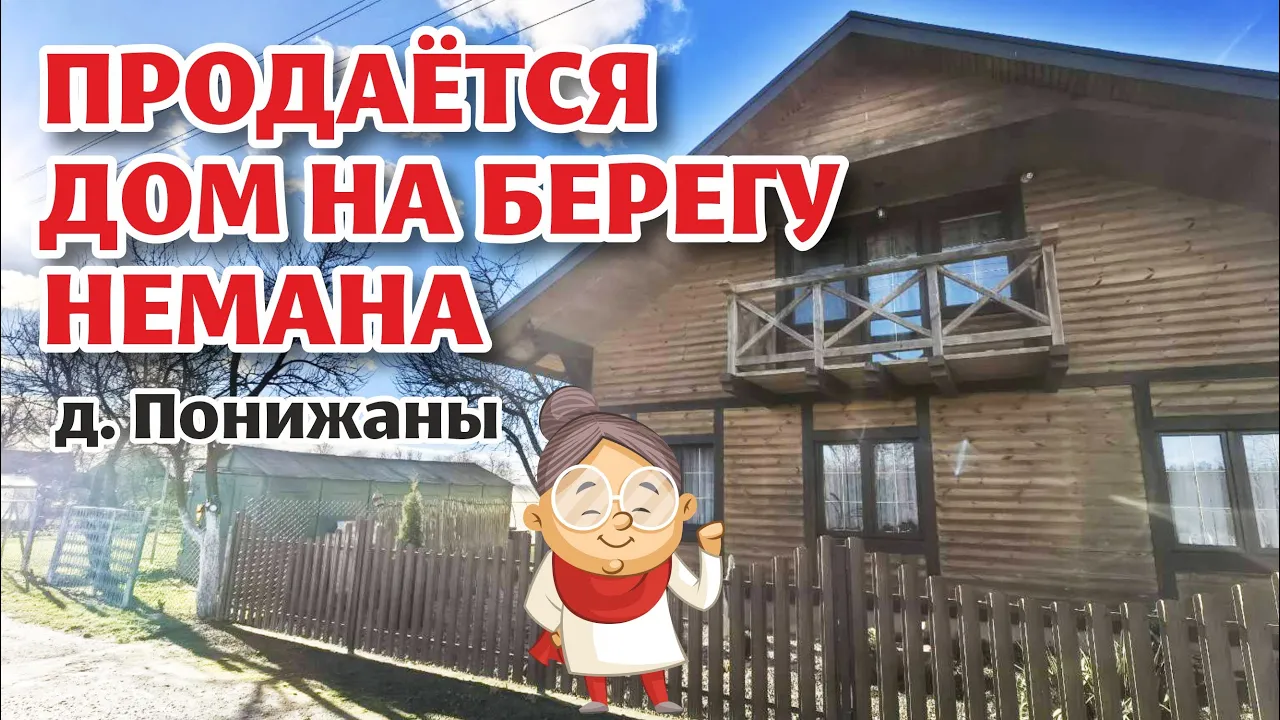https://rcek.by/ - Public Institution "Republican Centre for Ecology and Local Study"
According to the data for the years 2018-2019, the corn global yield overtook 1100 million tons, so that maize can now be considered as the most produced cereal in the world.
Corn is characterized by a high versatility: it is used for food, forage and for industrial purposes. Among the different varieties of maize used for different purposes an important one is normal corn for food, feed and technological proposes. Other types of corn are most important for food.
All types of corn kernels are characterized by a high energy content, also by cellulose and β-glucan which are important dietary fiber for the enteric flora and by the presence of zinc, an essential mineral to assure the functioning of many enzymes.
Some antioxidant substances can also be found in sweet corn kernels, such as the β-carotene and the lutein carotenoids and above all the phenolic compound ferulic acid.
The antioxidant power seems to be the mechanism through which the molecules carry out their preventive function against human chronic diseases, and cancer.
Therefore, vegetable foods containing high levels of antioxidant compounds are now entering the human diet as essential constituents, endowed with the added value of the functional food.
So developing corn genotypes with naturally high antioxidant level could be an interesting challenge for breeders. Important sources of antioxidants in maize are the anthocyanins. Anthocyanins are a class of flavonoids. They are responsible for the red, purple, and blue colors of many fruits, vegetables, and cereal kernels.
Surely you only know yellow corn. But the yellow color of the grains is just one of many color options. This discovery was a revelation to me and became an important lesson about biodiversity and intraspecific genetic diversity, which can be much more than we can imagine and which we can lose if we do not care about it.
So the idea of the project came to us after that very simply: if there are genetic sources of a high content of anthocyanin, then you need to create new modern varieties of corn for functional nutrition. Such varieties can be grown in conventional farming, but they are especially valuable for organic farming, where health products are especially highly regarded.
So, our attention in breeding process has been centered on the anthocyanins, the molecules that are supposed to be responsible for the nutraceutical properties for the new colored varieties, which can be proposed as a new functional food
One of the key problems is the need for phenotyping of individual grains to select the most suitable ones in breeding.
Visual assessment of the content of anthocyanins does not always give a reliable result, since color perception depends on many factors, such as, for example, illumination, the presence of shadows, the availability of experience for conducting a comparative analysis, as well as structural features of the eyes and the whole set of factors responsible for vision
Therefore, the main way to assess the content of anthocyanins is a biochemical analysis. However, to conduct such an analysis, it is necessary to destroy the grain, as a result of which the use of the grain for sowing will be impossible. And this is not permissible for plant breeding. Therefore, develop a noninvasive alternative for estimation of the content of anthocyanin in corn is very relevant.
Thus, the aim of the present study is a development of a digital photography as a fast, noninvasive alternative for measuring anthocyanin in corn seeds.
Based on the results, we can draw the following conclusions, which are indicated on the poster and were announced during the report. The main practical conclusion is the development of a nonlinear mathematical model which can be used with high confidence level to determine comparative anthocyanin content in the seeds of maize.
The practical result of project is high applicable. To put the results into practice outside our Center, you must:
1) distribution of samples of corn with a high content of anthocyanin among breeders, researchers and farmers;
2) activation of breeding using our method for obtaining varieties of corn for use as healthy food;
3) the dissemination of information about the benefits of corn with a high content of anthocyanin among the population to increase the demand for such products.
I am very interested in being part of a complex and continuous process of creating plant varieties called plant breeding. And if I had to start my work again, I would start this work earlier, to be closer to the finale of such work, namely, a new variety of black corn suitable for cultivation in northwestern Europe.




